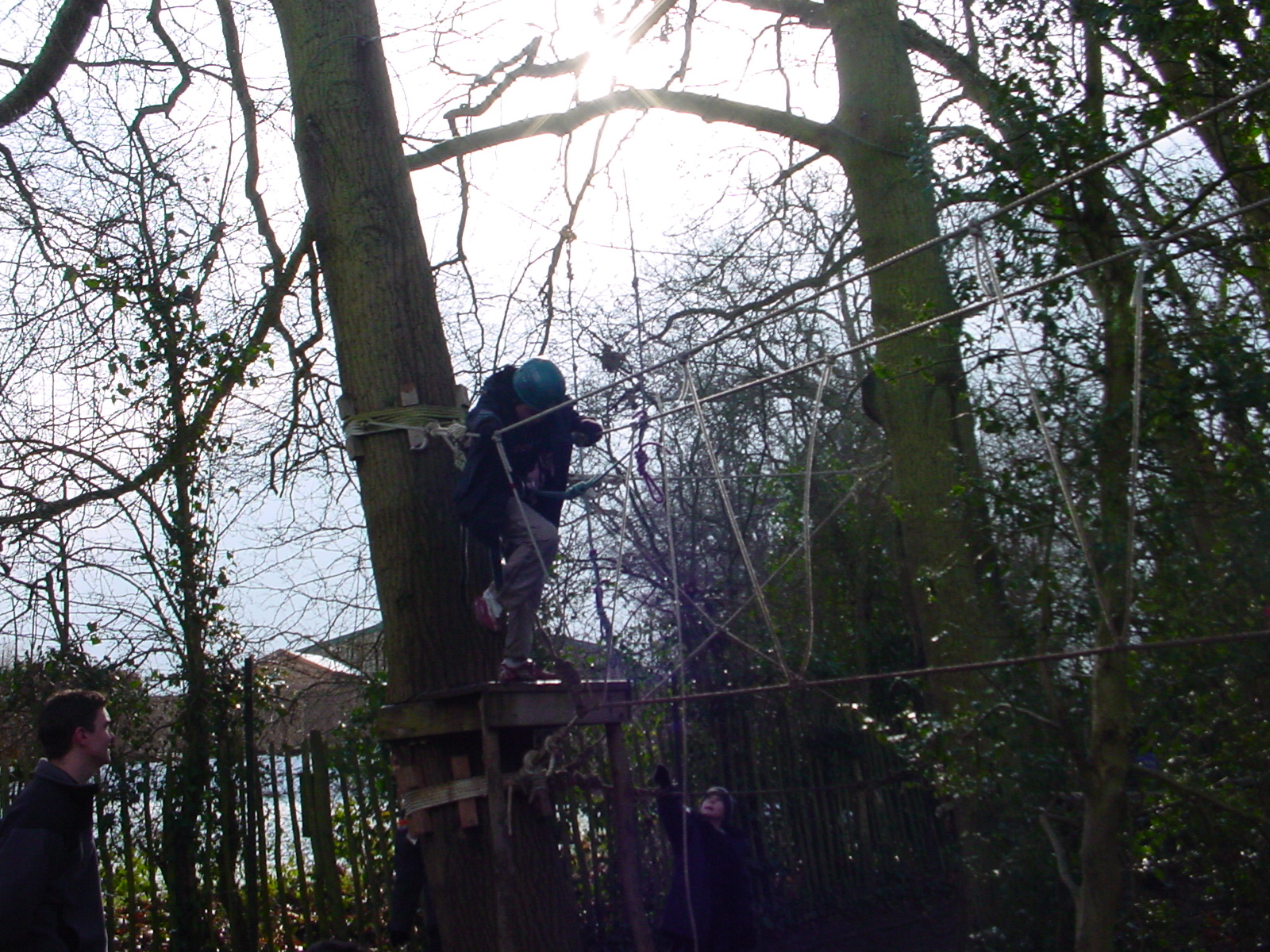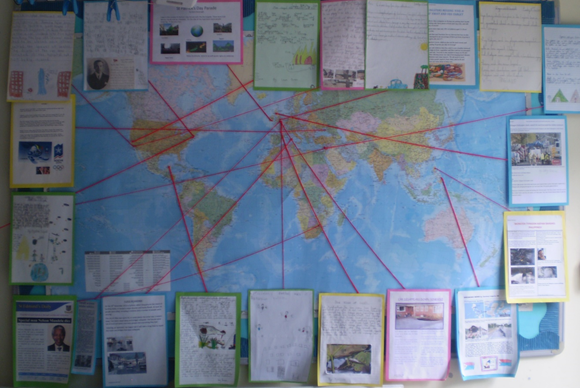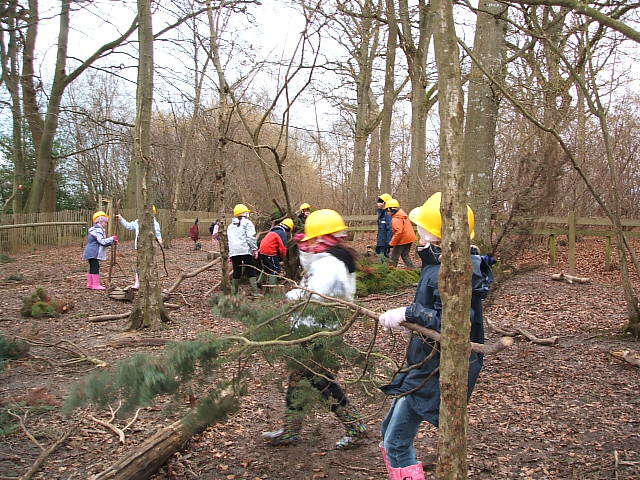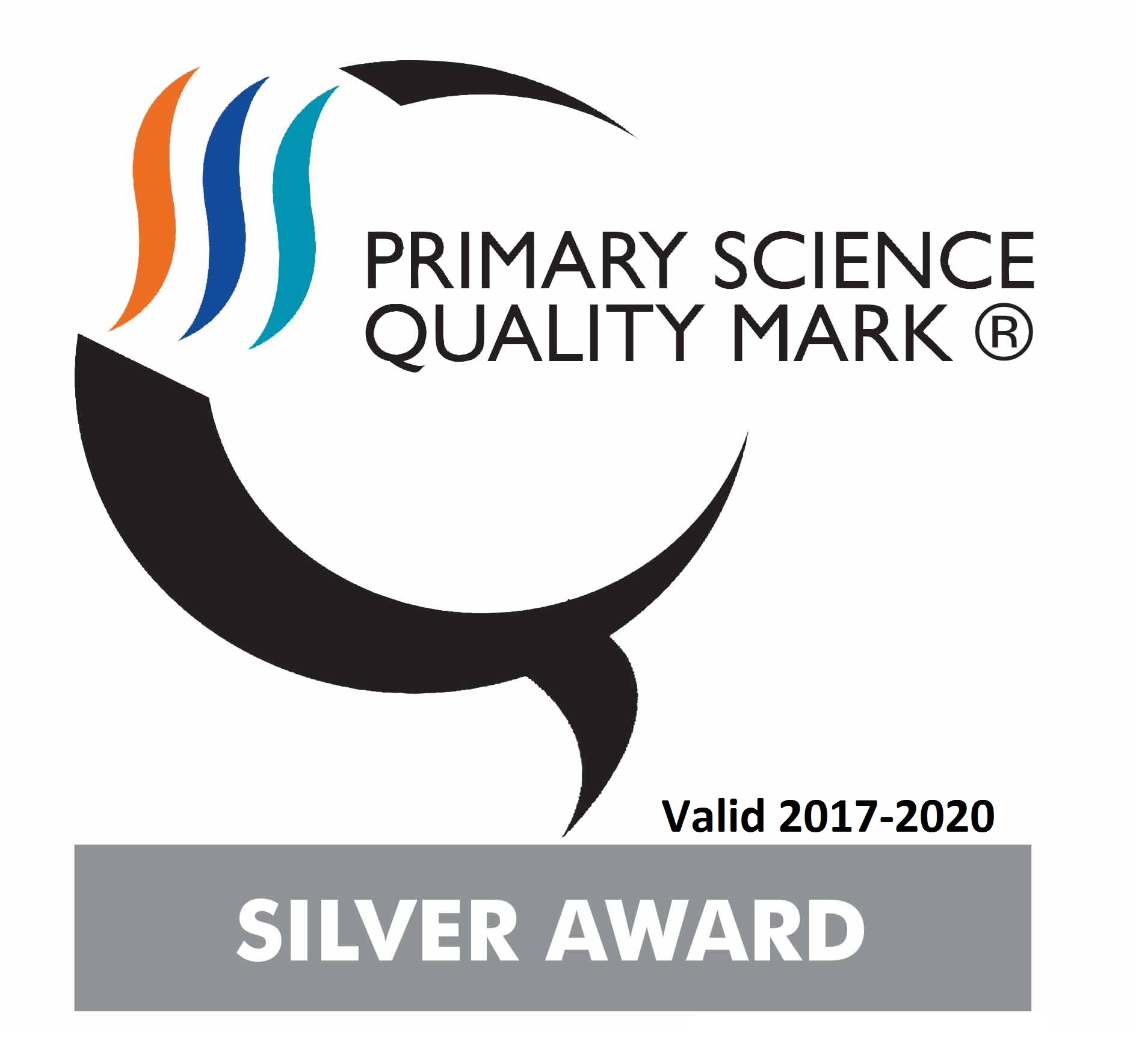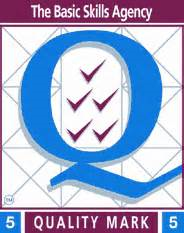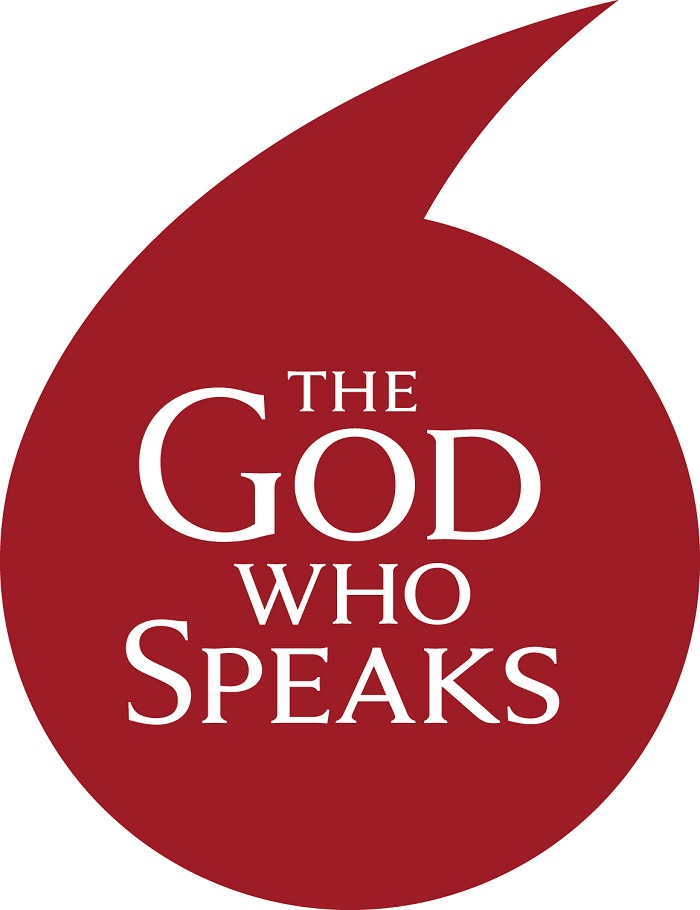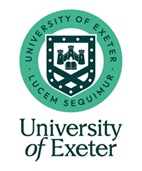Geography
At St. Edmund’s we encourage children to develop an interest in the surrounding area as well as in the wider world. We want to inspire a curiosity and fascination about the world and its people that will remain with the children throughout their lives.
We develop the children’s geographical knowledge and skills in many ways, including practical activities such as map reading, local walks, examining photographs and objects from locations around the world.
We study the location of places around the world, climate, customs, land use and many other aspects of human and physical geography. As well as this the children learn about a country and its culture during International Week - the country is often inspired by the children and their cultural backgrounds, inviting their parents to come and share with us a range of customs and traditions.
St Edmund's was re-accredited with the International School Award in July 2021 - please see the tab to the left.
St Edmund's Catholic Primary School meets the standard for International School Award Re-accreditation. You have provided evidence of multiple eligible activities which have taken place between September 2019 and July 2021. Several of these activities are collaborative with an overseas partner school and several have a foreign language element. Well done!
In addition to the Day of Languages, there is a broad range of topics across the school ranging from International Children’s' Day to Fair trade and Environmental themes. There have been contacts with other schools in your local area.
Congratulations to everyone involved! (Message from the British Council)
The Geography curriculum is supported by numerous field trips and workshops ranging from visiting Windsor Castle -comparing different localities and lifestyles- to residential field trips in Upper Key Stage 2 -orienteering, map reading and studying land use.
We look for ways to bring geographical understanding to life to ensure a solid foundation for future study.

